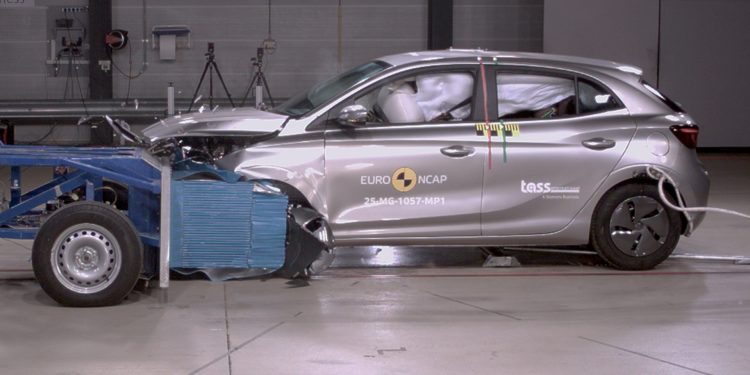MG and Suzuki small cars gain extra ANCAP stars
Words NZ Autocar | Images ANCAP
MG and Suzuki have made safety changes to the MG3 and Swift, respectively, following 3-star and 1-star ANCAP crash test results. And the safety updates have resulted in each model having higher star ratings after repeat crash testing.
The second-generation MG 3 launched in 2024 with better safety creds than the original. Testing by ANCAP last year delivered a three-star safety rating.
Subsequent MG 3 design and production updates have delivered incremental safety improvements for Oceania and EU customers. That has resulted in an improved four-star rating (scores of 70-81 per cent).
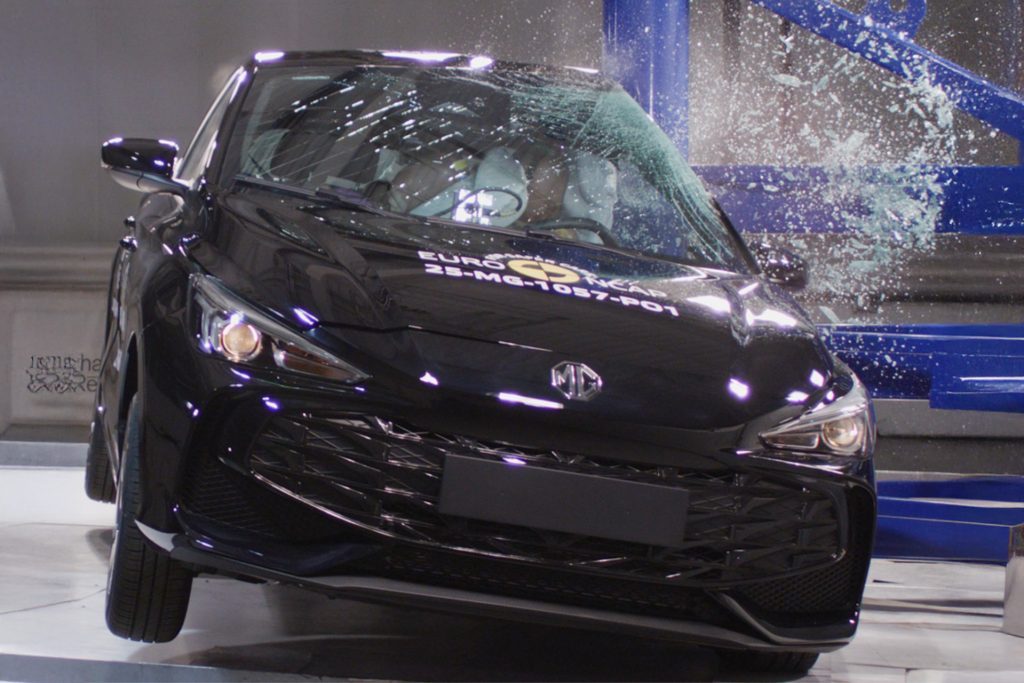
However, ANCAP says some concerns remain, with a seat rail failure noted during a full frontal crash test of the MG 3.
As for the Suzuki Swift, it rated a lone star when first tested by ANCAP. However, with safety specification updates a repeat performance culminated in a three-star safety rating.
MG3 safety testing in 2024 by ANCAP noted limitations in driver, front passenger and rear passenger protection. There were also deficiencies in collision avoidance performance.
A production change in models sold since May 2025 sees the addition of a centre airbag positioned between the two front row occupants. There’s also a driver monitoring system, and improved collision avoidance capability.
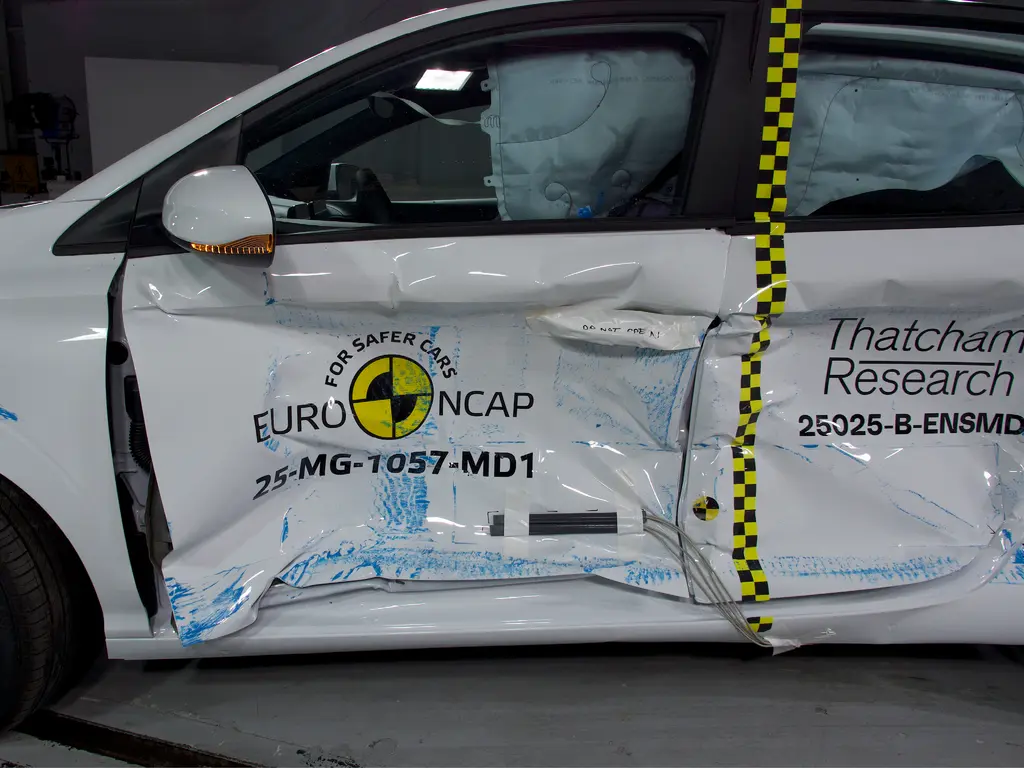
A fresh round of ANCAP crash testing on updated MG 3 vehicles resulted in improved scores in three of the four categories. This elevated the latest MG 3 to four-star territory. The rating applies to vehicles built from May 2025 onwards.
During the frontal offset crash test, the right-side adjuster of the driver’s seat failed. This caused it to twist during the crash impact. And the movement meant higher loads on the driver dummy’s right leg. Protection to that part of the body was rated as Poor. The driver dummy’s head came in close proximity to the steering wheel, so head protection was scored as Adequate.
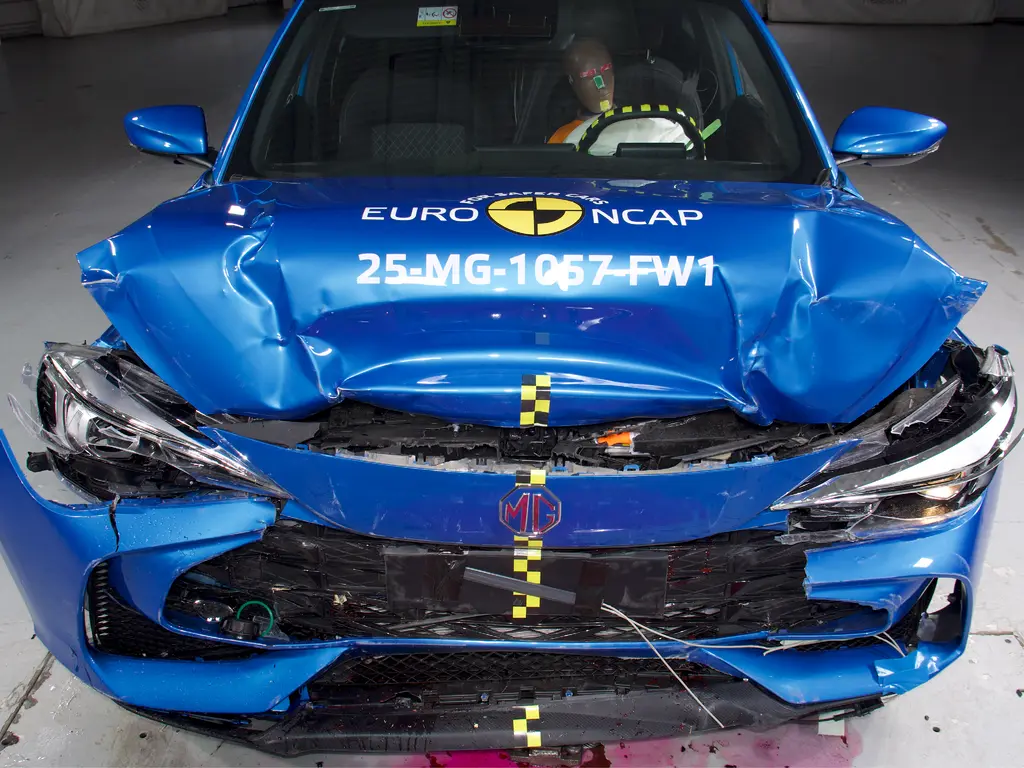
Both the three-star and four-star vehicles were tested and assessed against current rating criteria.
“This uplift from three-stars to four-stars is a step in the right direction. Yet the seat latch failure is not something we expect to see, and is cause for caution,” said ANCAP Chief Executive, Carla Hoorweg.
“The failure of the seat adjuster increased the risk of injury to the driver. Key vehicle components like this should be able to withstand this typical urban-environment crash (50km/h). We expect MG to make a running change to rectify the fault, and move to retrospectively fix affected vehicles already in the market.”
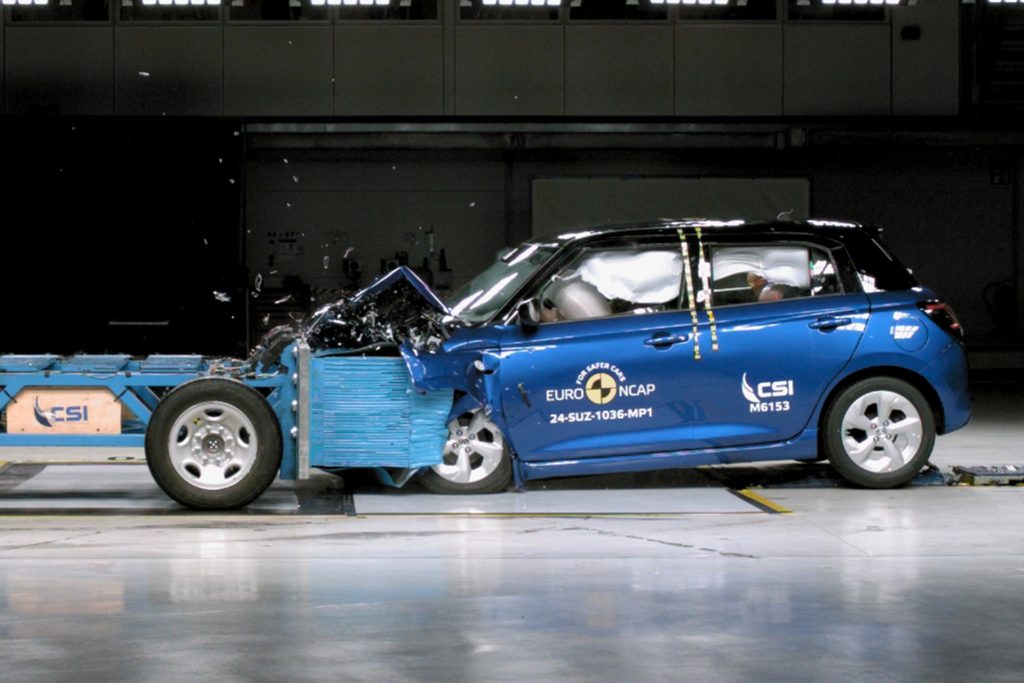
Suzuki is another manufacturer responding positively by upgrading Swift safety specification. When the latest generation Suzuki Swift launched in Australasia last year, it carried a lower level of safety specification than the European version. The result was a one-star ANCAP safety rating.
From August 2025, Suzuki Swift vehicles supplied locally now align with those offered in Europe. The result was a lift in their ANCAP safety rating to three stars (scores of 55-76 per cent). The new rating applies to Swifts sold from September 2025 onwards.

“ANCAP’s role as consumer advocate is to hold manufacturers to account, and where safety deficiencies are seen, to push for improvements that help prevent deaths and reduce serious injuries,” Ms Hoorweg added.
“Suzuki and MG have taken steps in the right direction.”


